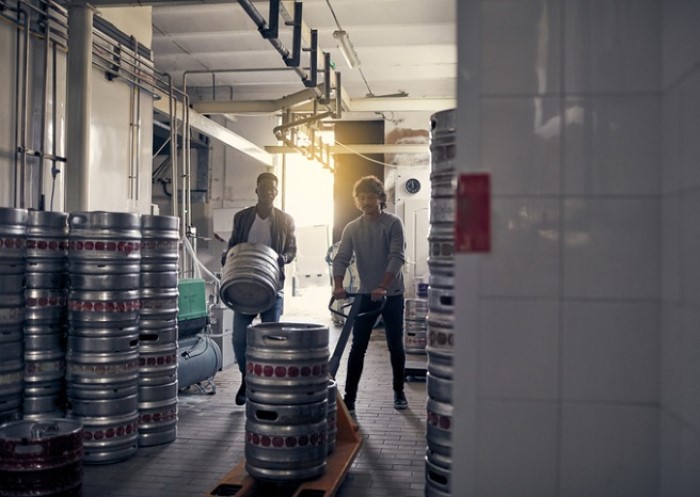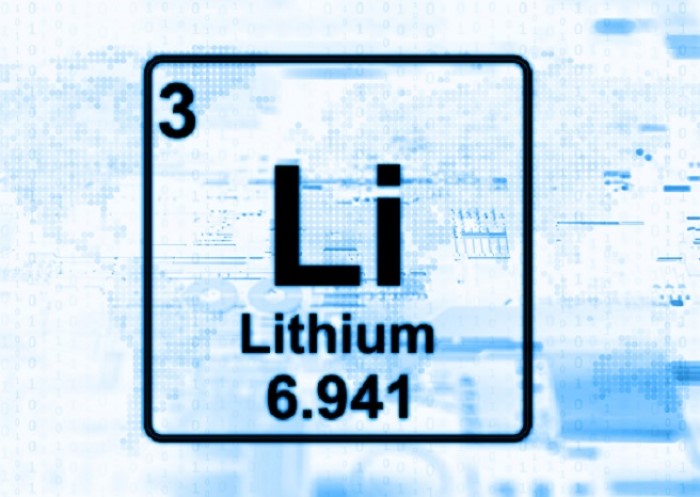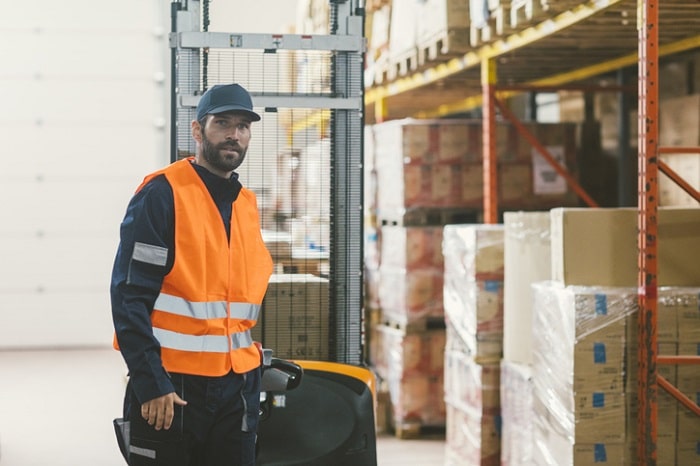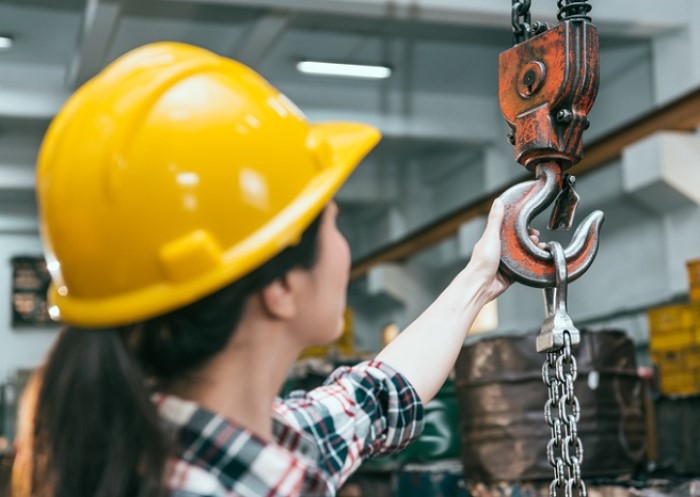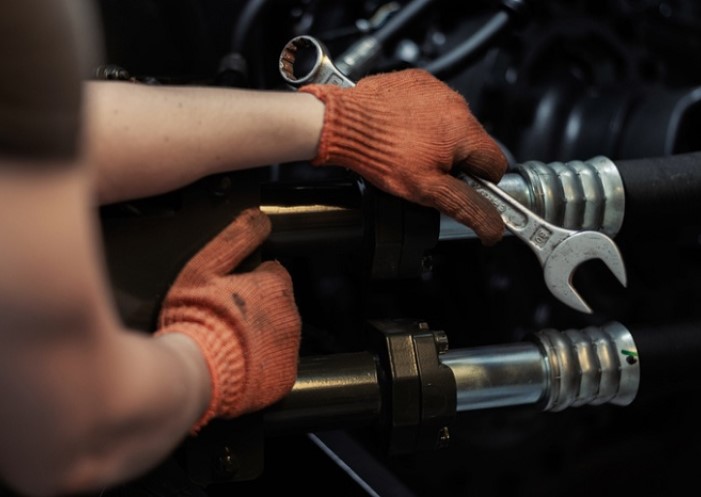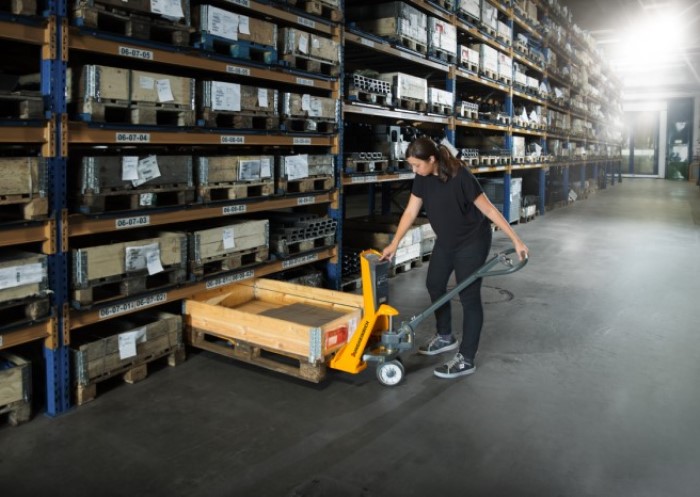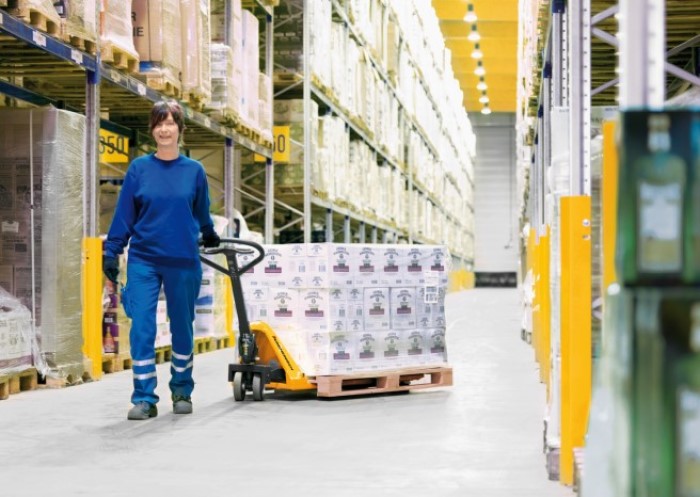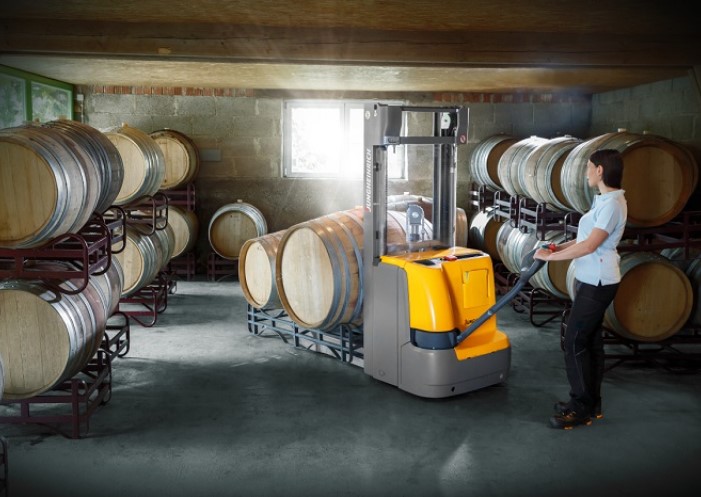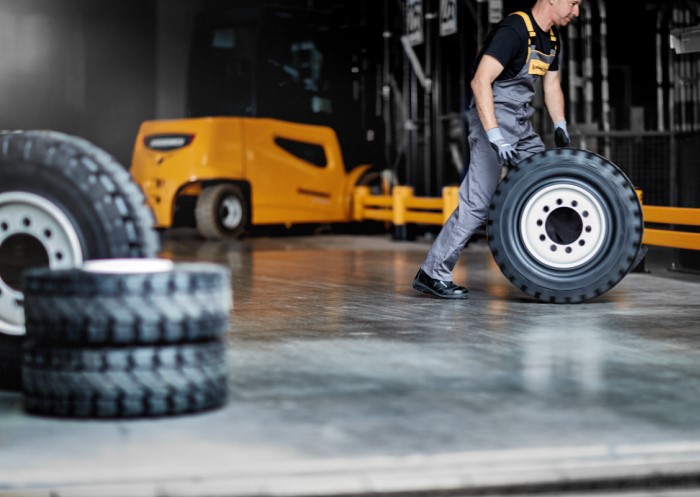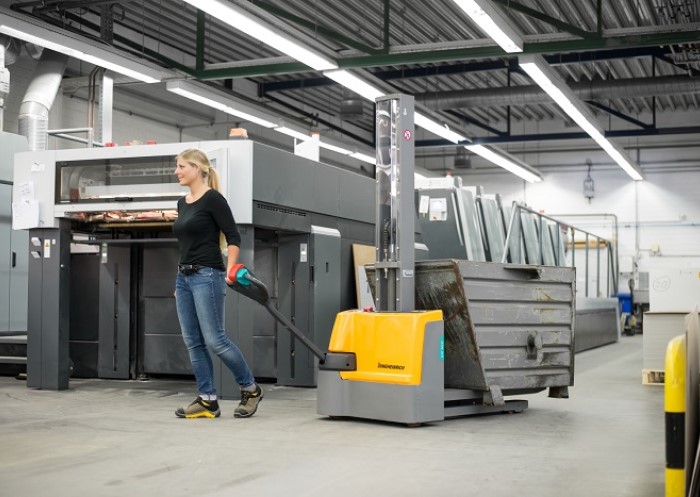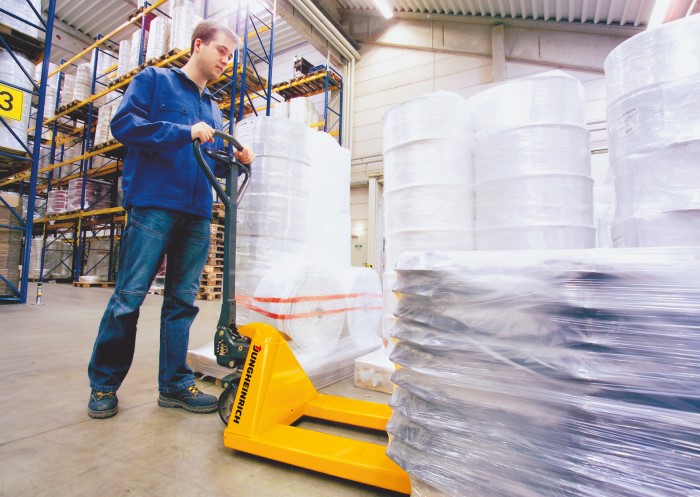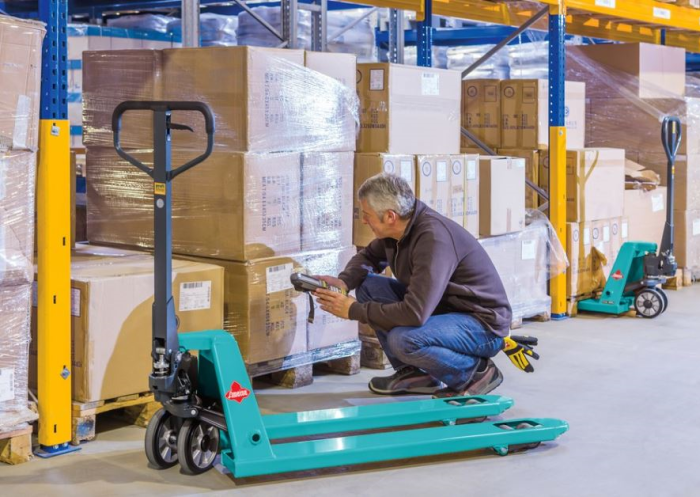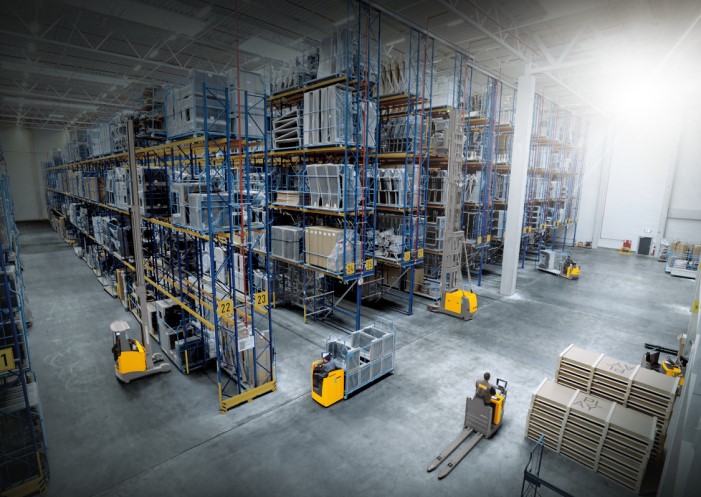Table of contents
IP protection classes define the degree of protection of an enclosure against contact, foreign bodies and water. The abbreviation IP stands for ‘International Protection’, however, it is also sometimes known as ‘Ingress Protection’ in the UK. Strictly speaking, a protection class, in contrast to a protection type, indicates protection against the dangers of electrical voltage. However, the abbreviation IP makes the difference clear.
What is an IP protection class?
In industry and commerce, electrical devices and systems are exposed to multiple and specific stresses. They need to be able to withstand various weather conditions outside, and dust, chemical vapours and moisture inside. For this reason, devices must be installed in an enclosure in such a way that they do not suffer any damage under these conditions.
IP protection classes have been introduced for various environmental conditions. IP ratings or codes define to what extent a device is protected against specific factors. They are precisely defined in the DIN standard DIN EN 60529. A two-digit combination of numbers indicates the level of protection. The code follows the scheme IP XY, for example, IP 54 or IP 23:
- The first digit (X) specifies the degree of protection for contact and foreign body protection
- The second digit (Y) defines the water protection
The electrical operating elements of our electric pallet trucks and electric forklifts, for example, are protected by a special encapsulation according to their respective IP protection class. This means they remain resistant to external influences and have a longer service life than unprotected industrial trucks.
IP protection rating code number 1: protection against contact and foreign bodies
The first digit of an IP code indicates how well a unit is protected against contact (for example, with the hands) as well as against foreign bodies such as dust, small stones or wire. The higher the number, the greater the protection:
- 0 = No protection
- 1 = Protection against contact with the back of the hand and larger solid foreign bodies with a diameter of 50 mm or more.
- 2 = Protection against contact with the fingers and medium solid foreign bodies with a diameter of 12.5 mm or more
- 3 = Protection against access with tools and smaller solid foreign bodies with a diameter of 2.5 mm or more
- 4 = Protection against access with wire and very small solid foreign bodies with a diameter of 1 mm or more
- 5 = Complete protection against contact and against dust in larger quantities
- 6 = Complete protection against contact and dust
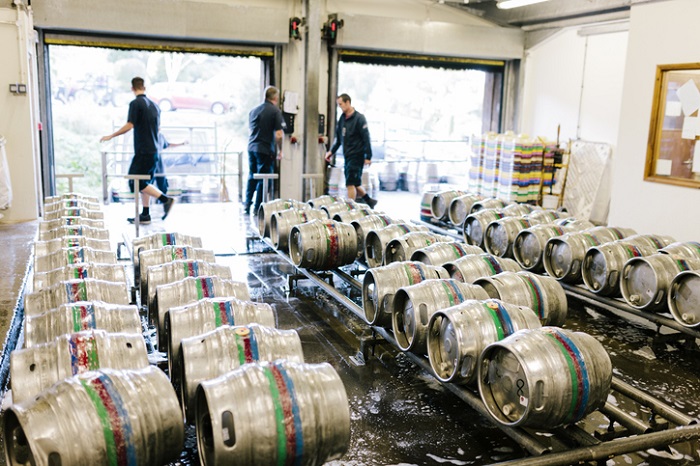
IP protection code number 2: water protection
The second code number of the IP protection rating refers to the protection against moisture and larger amounts of water. Here too, the higher the number, the better the unit is protected:
- 0 = No protection
- 1 = Protection against dripping water when falling vertically
- 2 = Protection against dripping water falling at an angle, if the enclosure is tilted up to 15°
- 3 = Protection against falling spray water up to 60° angle
- 4 = Protection against splashing water from all sides
- 5 = Protection against water jets from all sides from a nozzle
- 6 = Protection against strong jets of water
- 7 = Protection against temporary immersion
- 8 = Protection against permanent submersion
Overview of the most common IP protection classes
By combining the code numbers 1 and 2, an IP protection class provides information about a device’s resistance to contact, foreign bodies and water. If a digit is not relevant for a particular case, it is replaced by an X. The code is then IPX4, for example. The most common types of IP protection are shown in the following table:
| IP class | Protection class | Application areas |
|---|---|---|
| What does protection class IP20 mean? | • Protection against contact with fingers and solid bodies with a diameter of 12.5 mm or more | • Lamps in dry interiors, control cabinets |
| What does protection class IP23 mean? | • Protection against contact with fingers and solid bodies from 12.5 mm diameter and falling spray up to an angle of 60° | • Lamps and devices for outdoor areas with roofing |
| What does protection class IP40 mean? | • Protection against access with wire and granular foreign bodies | • Equipment in dry indoor areas where, for example, granules or coarse dust are handled |
| What does protection class IP44 mean? | • Protection against access by wire and granular foreign bodies as well as splashing water from all sides | • Lamps and devices in damp rooms, bathrooms and covered outdoor areas |
| What does protection class IP54 mean? | • Complete protection against contact • Dust protection • Protection against splashing water from all sides | • Indoor and outdoor areas • Industrial facilities • Workshops |
| What does protection class IP55 mean? | • Complete protection against contact • Dust protection • Protection against water jets | • Indoors and outdoors • Dry areas of vehicles |
| What does protection class IP65 mean? | • Complete contact protection • Dust-tight • Protection against water jets | • Damp areas • Outdoor areas • Industrial facilities where work is carried out with liquids or very dusty materials |
| What does protection class IP67 mean? | • Complete protection against contact • Dust-tight • Protection against temporary immersion | • Damp areas • Outdoor areas • Showers/baths • Near water |
| What does protection class IP68 mean? | • Complete protection against contact • Dust-tight • Protection against permanent submersion | • Damp and outdoor areas • Baths • Inside bodies of water • Water tanks • Troughs |
Which IP protection class is suitable for interiors?
For dry indoor spaces, IP class 20 is perfectly adequate. If the unit needs to be better protected against contact and small foreign bodies, IP40 protection is recommended. The situation is different in damp rooms such as bathrooms, kitchens or industrial facilities that work with liquids. Here, at least a protection class IP44 rating is necessary. If the unit is exposed to water jets, it should meet the IP65 standard. If it is temporarily or permanently under water, the IP protection classes IP67 or IP68 are required.
Which IP protection class is required for outdoor use?
Devices in outdoor areas must be able to withstand constantly changing weather conditions. If they are close to the building, for example on a balcony or under a canopy, protection classes such as IP23 or IP44 are sufficient. Devices that are exposed to wind, rain or snow outdoors require protection classes IP54, IP55 or IP67.
Please note: The regulations mentioned above represent only a selection of the most important legal requirements. Please refer to the listed organisations and directives for more detailed information. If in any doubt, consult experts or contact the relevant regulatory authorities.
Image source:
© gettyimages.de – vgajic
© gettyimages.de – urbancow

